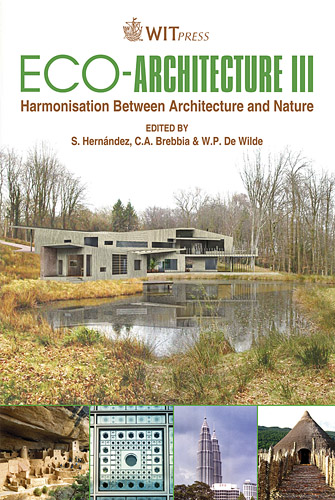Architectural Education And The Idea Of Nature
Price
Free (open access)
Transaction
Volume
128
Pages
9
Page Range
109 - 117
Published
2010
Size
220 kb
Paper DOI
10.2495/ARC100101
Copyright
WIT Press
Author(s)
C. C. Theis
Abstract
When various definitions of sustainable design are articulated by several leading scholars and practitioners, several conflicts and/or contradictions in underlying definitions of nature are revealed. Since all of these definitions employ the word nature, it would seem reasonable that, to understand sustainable design, students of architecture need to have more than a passing acquaintance with the multiple interpretations of the term nature. Students need a fundamental understanding of humanity’s relationship to nature, but also a more holistic method of perceiving a site. Currently few schools of architecture in North America provide their students with an opportunity to obtain either of these. Keywords: architectural education, sustainable design, ecological design, nature, site, perception, environment, place. \“If I were a young architect today looking at supposed ecoarchitecture, I wouldn’t want to do it; it’s a one-liner. When ecology becomes the major issue, you’re left with a scientific box that does nothing for the spirit. I cannot separate the idea of the poetic and the rational. If there’s not a junction, we’ve got merchandise, not architecture.” Glenn Murcutt (As quoted by Raul A. Barreneche in an article reporting Murcutt’s receipt of the 2002 Pritzker Prize, in the May 2002 issue of Architecture magazine.) 1 Introduction There is currently a great deal of concern in the Unites States about the perceived lack of integration of sustainable design in the curricula of many schools of architecture. The National Architectural Accrediting Board (NAAB) recently
Keywords
architectural education, sustainable design, ecological design,nature, site, perception, environment, place





